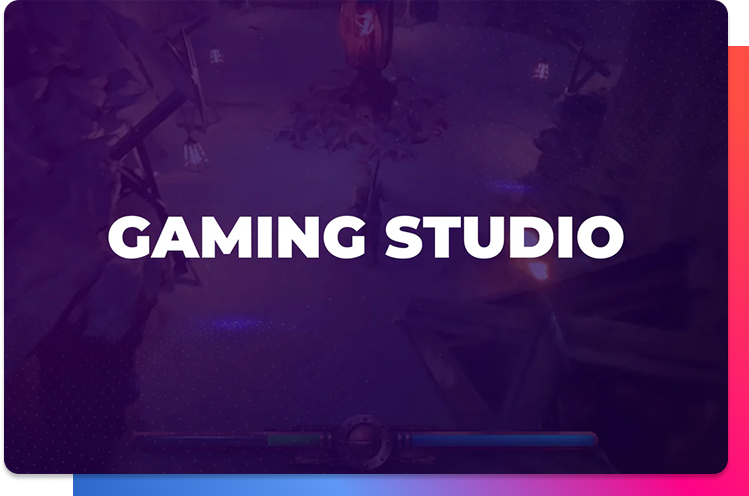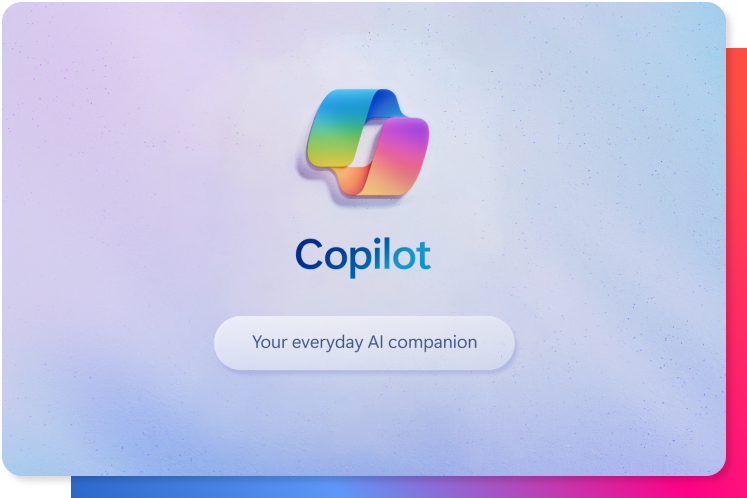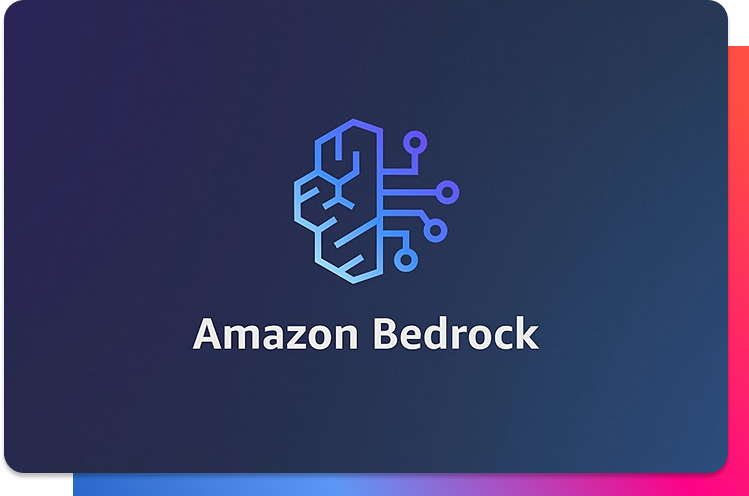Staff augmentation is valuable for companies looking to enhance their workforce with external talent. If implemented correctly, this model can lead to long-term success and provide numerous benefits. Here we explain in detail some of the steps you need to consider to apply a staff augmentation model in your company effectively.
Identify talent gaps within your organization
You should begin by conducting an in-depth analysis of your company’s business processes to gain insights into existing talent gaps. To do so, first, evaluate the skills and experience of your existing employees and then compare that to your current project needs to determine whether the resource requirement is limited to a particular project or if it extends to long-term staffing needs.
Identify skill set requirements
Once you have identified the specific skill gaps and project roles you need to fill, it’s time to find a trusted partner who can provide the proper talent. Look for a company that can source and vet skilled IT professionals to ensure you can build quality products efficiently. When hiring staff on a short-term basis, you gain the advantage of experienced professionals who bring diverse skill sets from previous projects, ultimately boosting your project’s success.
Approach staff augmentation strategically
If you want to make the most of staff augmentation partnerships, it is essential to treat them strategically. Simply hiring resources through staff augmentation won’t close capacity gaps quickly or satisfy long-term needs. Start by defining clear role descriptions that align with your strategic priorities and project requirements. Identify the missing skill sets, specify technical and business requirements, and define responsibilities for each role.
If you’re able to provide detailed role descriptions to your partner, you’ll streamline the recruitment process and ensure a successful resource augmentation. Remember that it is key to collaborate closely with your partner to shape a staff augmentation proposal that covers collaboration terms, deliverables, rates, and other relevant aspects.
What to consider when hiring a staff augmentation partner?
- Guarantee they have expertise in the specific skills and technologies you require for your projects.
- Assess their talent pool and assess the quality of their candidates.
- Inquire about their recruitment and screening process.
- Determine if they can accommodate your changing needs and scale up or down as required.
- Evaluate their communication practices and transparency.
- Study their reputation in the industry and seek references from their previous clients.
- Assess their cultural fit with your organization.
Assess your experience in managing distributed teams
Venturing into staff augmentation means managing and supporting remote workers effectively. Avoid the assumption that new employees will figure everything out on their own, or that it’s solely the vendor’s responsibility to introduce them to your company’s processes. Onboarding and integrating remote staff into your operations is crucial for success. You should provide the necessary access, tools, documentation, communication channels, and clear expectations to foster a sense of purpose and keep remote workers aligned with your team’s goals.
Plan realistic timelines
Hiring timelines for staff augmentation can vary depending on the experience and the technology skillset you require. It’s always best to communicate your requirements for each candidate, designate a point of contact, be available for interviews and screenings, allocate enough budget, and provide advance notice of any changes. Proper planning and effective communication will contribute to a smoother and faster hiring process.
Switch to long-term planning
Staff augmentation offers the flexibility to start small and scale up gradually. However, scaling up takes time, especially if your outsourcing partner needs to find additional talent. It’s always easier to share your long-term plans with your partner, informing your intentions to scale up in advance. This proactive approach will help your partner anticipate and secure the necessary resources and may lead to more favorable pricing models.
Applying a staff augmentation model to your company requires strategic thinking, clear role definitions, effective management practices, realistic planning, and open communication with your outsourcing partner. By following these guidelines, you can leverage staff augmentation to fill talent gaps, enhance project outcomes, and achieve long-term success.








 Español
Español